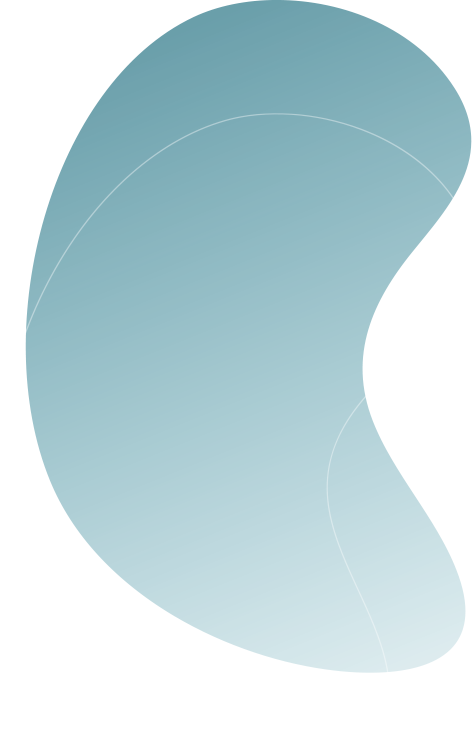
The goal of an innovation consultant
Our Innovation consultants typically work with companies across a range of industries, including technology, healthcare, finance, and manufacturing. They use a variety of methods and tools to help clients identify areas of opportunity, generate ideas, and prioritize initiatives. These methods can include customer research, market analysis, design thinking, and rapid prototyping.
The process of innovation consulting typically involves several stages.

The process of innovation consulting
01The first stage is the discovery phase
during which the consultant works with the client to understand their business, their industry, and their customers. This can involve conducting research, analyzing data, and interviewing key stakeholders.
The Discovery stage involves working with the client to understand their business, their industry, and their customers. The innovation consultant will gather information about the client’s current products, services, and operations, as well as their strengths, weaknesses, opportunities, and threats.
During the discovery phase, the innovation consultant may conduct research, analyze data, and interview key stakeholders, such as employees, customers, and partners. This information gathering helps the consultant to get a clear understanding of the client’s current state, as well as the challenges and opportunities they face.
02The second stage is the ideation phase
during which the consultant works with the client to generate a wide range of ideas for improving their products, services, or operations. This can involve brainstorming sessions, workshops, and other collaborative activities.
The ideation phase involves generating a wide range of ideas for improving the client’s products, services, or operations. The innovation consultant may facilitate brainstorming sessions, workshops, and other collaborative activities to generate ideas.
The goal of the ideation phase is to generate as many ideas as possible, without filtering them too early. The consultant may use various methods and tools to help the client think outside the box and generate truly innovative ideas. This can include using design thinking methods, creating personas of ideal customers, or brainstorming in groups.
Once a significant number of ideas have been generated, the consultant and client will work together to evaluate the potential of each idea and narrow down the list to a more manageable set of options.
03The third stage is the evaluation phase
during which the consultant works with the client to evaluate the feasibility and potential impact of the ideas generated in the ideation phase. This can involve prototyping, testing, and refining ideas based on feedback from customers and other stakeholders.
The evaluation phase involves assessing the feasibility and potential impact of the ideas generated in the ideation phase. The consultant and client will evaluate each idea using criteria such as cost, risk, potential revenue, and impact on the organization.
This evaluation may involve prototyping, testing, and refining ideas based on feedback from customers and other stakeholders. The consultant may also help the client to create a business case for each idea, outlining the resources required, the potential benefits, and the risks involved.
Prototyping, testing, and refining are critical activities in the innovation consultancy process, particularly in the evaluation phase. These activities are designed to help the client validate and improve the ideas generated in the ideation phase, and ensure that they are feasible and viable.
04Prototyping
is the process of creating a basic version of a product, service, or process that can be used for testing and evaluation. The goal of prototyping is to provide a tangible representation of the idea that can be tested and evaluated by users and stakeholders.
Prototyping can take many forms, depending on the nature of the idea being tested. For example, a physical prototype might be created using 3D printing or other manufacturing techniques, while a digital prototype might be created using wireframes, mockups, or other design tools. The innovation consultant may work with the client to determine the best prototyping method for each idea, based on factors such as cost, time, and complexity.
05Testing
Testing is the process of evaluating the prototype to see how well it works and how users respond to it. This involves putting the prototype in front of users and asking for feedback. The innovation consultant may help the client to design the test, identify the target audience, and gather feedback.
The feedback received during testing is then used to refine the idea. This involves making changes to the prototype based on the feedback received, and testing the revised version again. This cycle of testing and refining may be repeated several times, with each iteration bringing the idea closer to a final version that is ready for implementation.
06Refining
Refining involves improving the idea based on feedback received during testing. This can involve making changes to the prototype, as well as refining the underlying concept. The innovation consultant may work with the client to analyze the feedback received, identify areas for improvement, and develop a plan for refining the idea.
Overall, prototyping, testing, and refining are important activities in the innovation consultancy process, as they help the client to validate and improve their ideas. By testing and refining ideas in a structured and iterative way, the client can ensure that they are investing resources in ideas that are likely to succeed, and avoid wasting resources on ideas that are not feasible or viable.


The final output of the evaluation phase is a list of prioritized ideas
The final stage is the implementation phase, during which the consultant works with the client to develop a plan for implementing the ideas that have been selected. This can involve developing a project plan, identifying resources, and creating a timeline for execution.
Innovation consultancy can be a valuable service for companies looking to stay ahead of the competition and drive growth. By working with an innovation consultant, companies can gain access to new perspectives, tools, and methodologies that can help them unlock their full potential and create new value for their customers.



